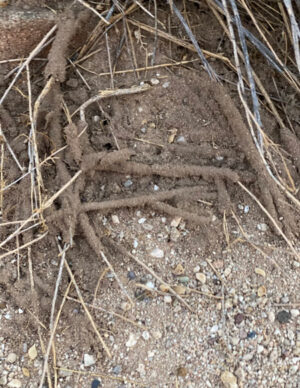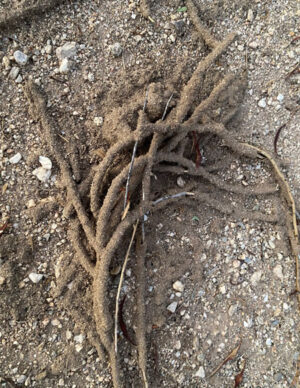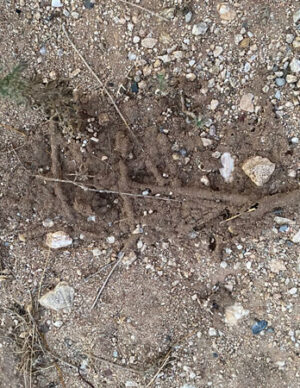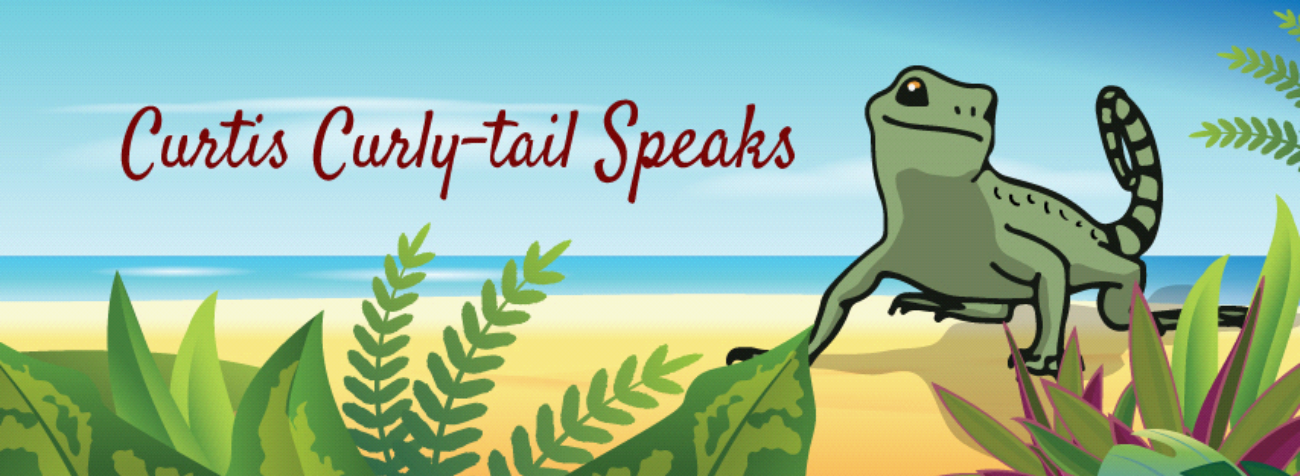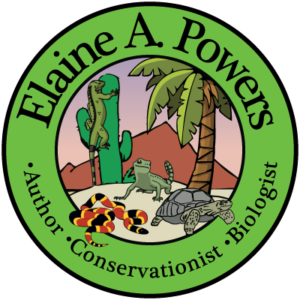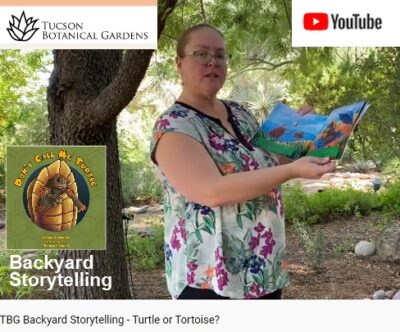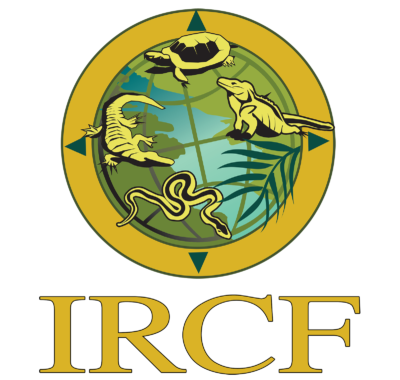Nature’s Little Recyclers
Fall is the season known for the changing colors of tree leaves, but in the Tucson area, it’s also the season for changing trees into termite food. On my daily walks, I’ve noticed that many of my plants’ branches in contact with the ground have recently become encrusted. This is new with the fall season.
The desert-encrusting termites, Gnathamitermes perplexus, are the architects of these mud/sand coverings. These soil enhancers play a crucial role in the desert ecosystem by recycling dead plant material. They scrape off the outer dead layers and consume them, returning vital nutrients to the soil for next year’s plant growth. Their activities also aerate vast expanses of the dry, hard desert ground, further enriching the soil.
Gnathamitermes perplexus, the long-jawed desert termites or tube-building termites, are found in North and Central America. They use their mandibles to dig tunnels and transport sand.
What is happening that I would deign compare it to the colorful transformation of the wooded landscape? It’s the recycling of the environment. Unfortunately, the colors are only of sand or tan. The stick is covered with soil stuck together with saliva. How they manage to produce that much saliva in the arid desert, I don’t know. Then the workers scrape away the enclosed twig, which creates hollow tubes of sand. These termites cannot drill into ‘sound’ wood but are limited to building these characteristic encrustings.
When I first saw the encrustings, I was concerned. They were covering the base of one of my saguaros. I feared they were damaging my precious cactus, so I knocked it off. Later, I learned it benefited the saguaro, and now I am delighted when I see it.
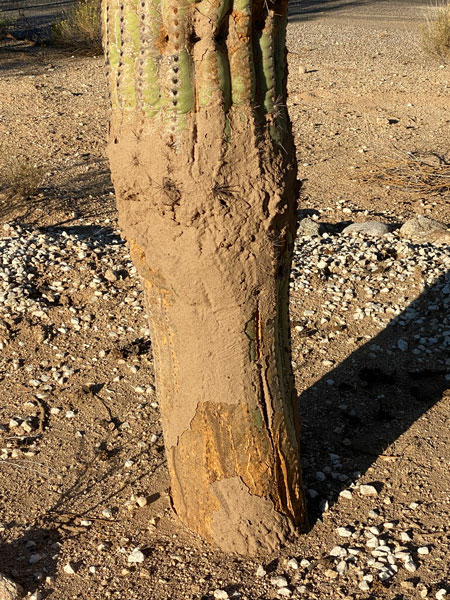
These termites return the nutrients contained in the dead twigs to the soil. The termites’ guts have protozoans and nitrogen-fixing bacteria, which enhance the fertilizing of the soil. In addition, the termites’ activities aerate the soil. This loosens the soil, allowing rain to penetrate deeper into it. An additional benefit is that these termites remove dry twigs, which could be a fire hazard.
Some people will be out enjoying the results of the destruction of chlorophyll, but I’ll be enjoying the destruction of dead plant matter.
So, when you see these encrustations, know that the termites aren’t harming the plant, but serving a greater purpose. They are actively contributing to the health and balance of the desert environment, and their presence should be appreciated.
Dive deeper into the wonders of the Sonoran Desert with our educational workbooks! Perfect for all ages, these resources will enhance your understanding of this unique ecosystem, from its vibrant wildlife to its incredible plant life.
- Mizumoto, Nobuaki; Gile, Gillian H; Pratt, Stephen C (7 September 2021). “Behavioral Rules for Soil Excavation by Colony Founders and Workers in Termites.” Annals of the Entomological Society of America. 114 (5): 654–661. doi:10.1093/aesa/saaa017. Retrieved 22 January 2023.
To learn about our latest science-based children’s books and workbooks, to read our latest blog posts about reptiles, birds, cats, and gardening, in a variety of locations, and about how the books come to be, what inspires an author to write, and many more interesting aspects of the publishing business, fill in the box below and we will add you to our email list.
Thank you!
